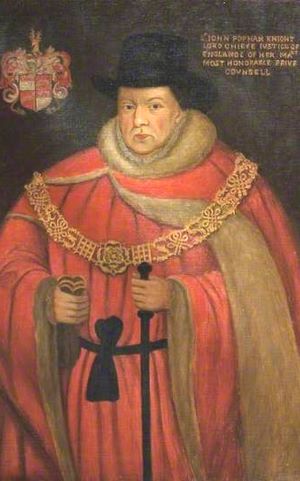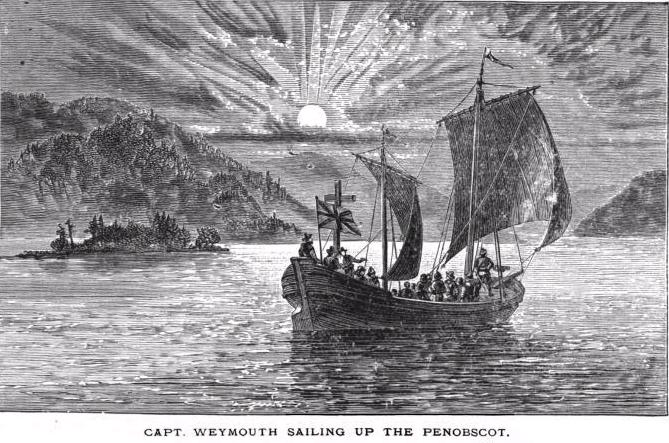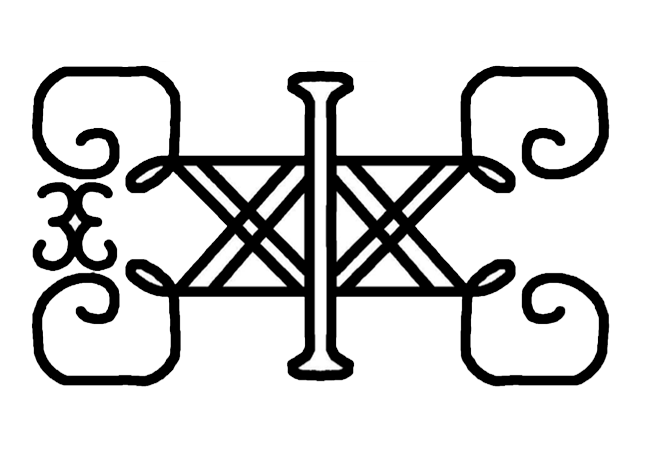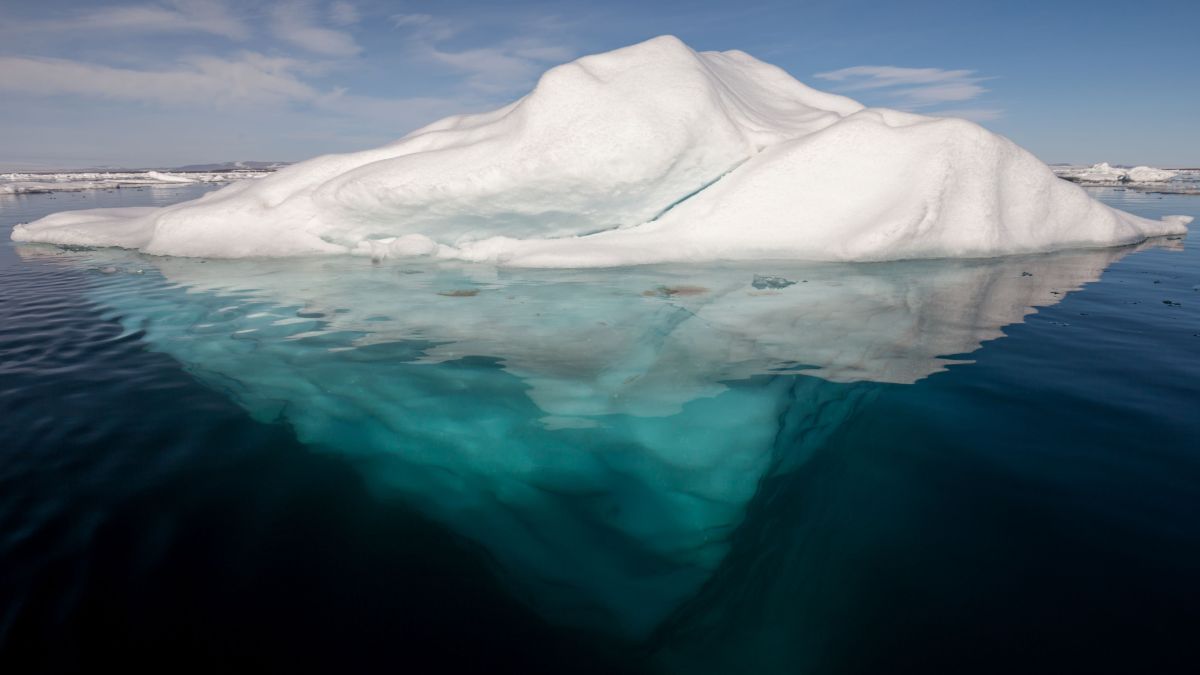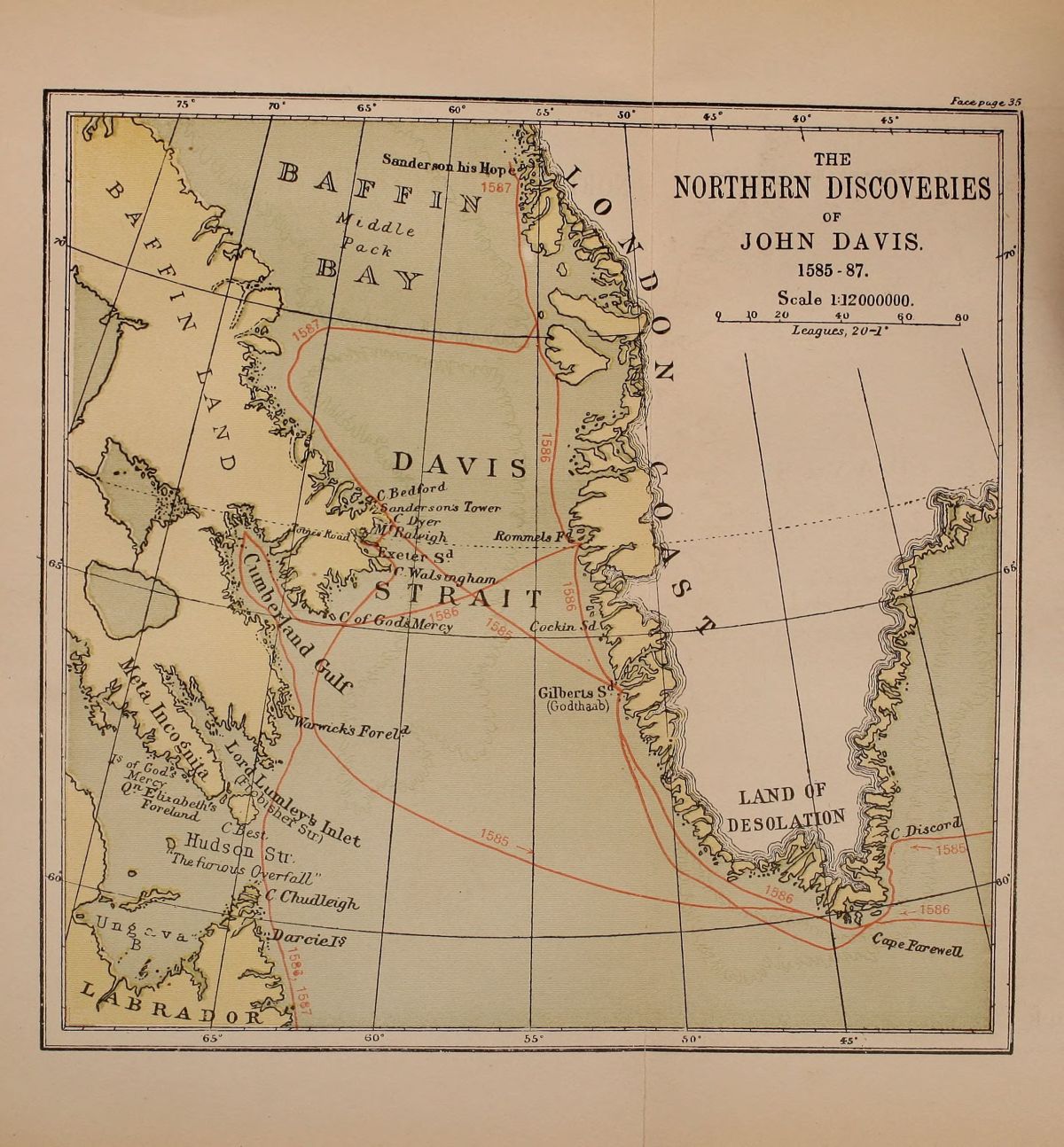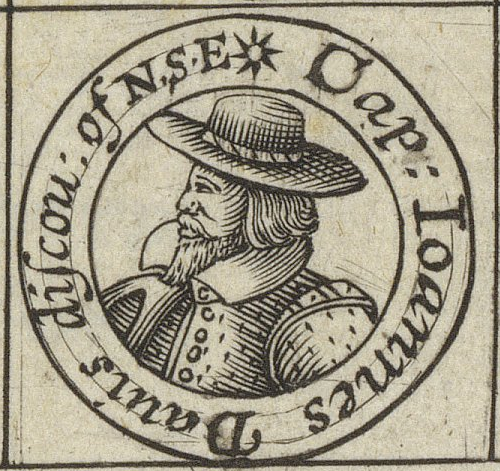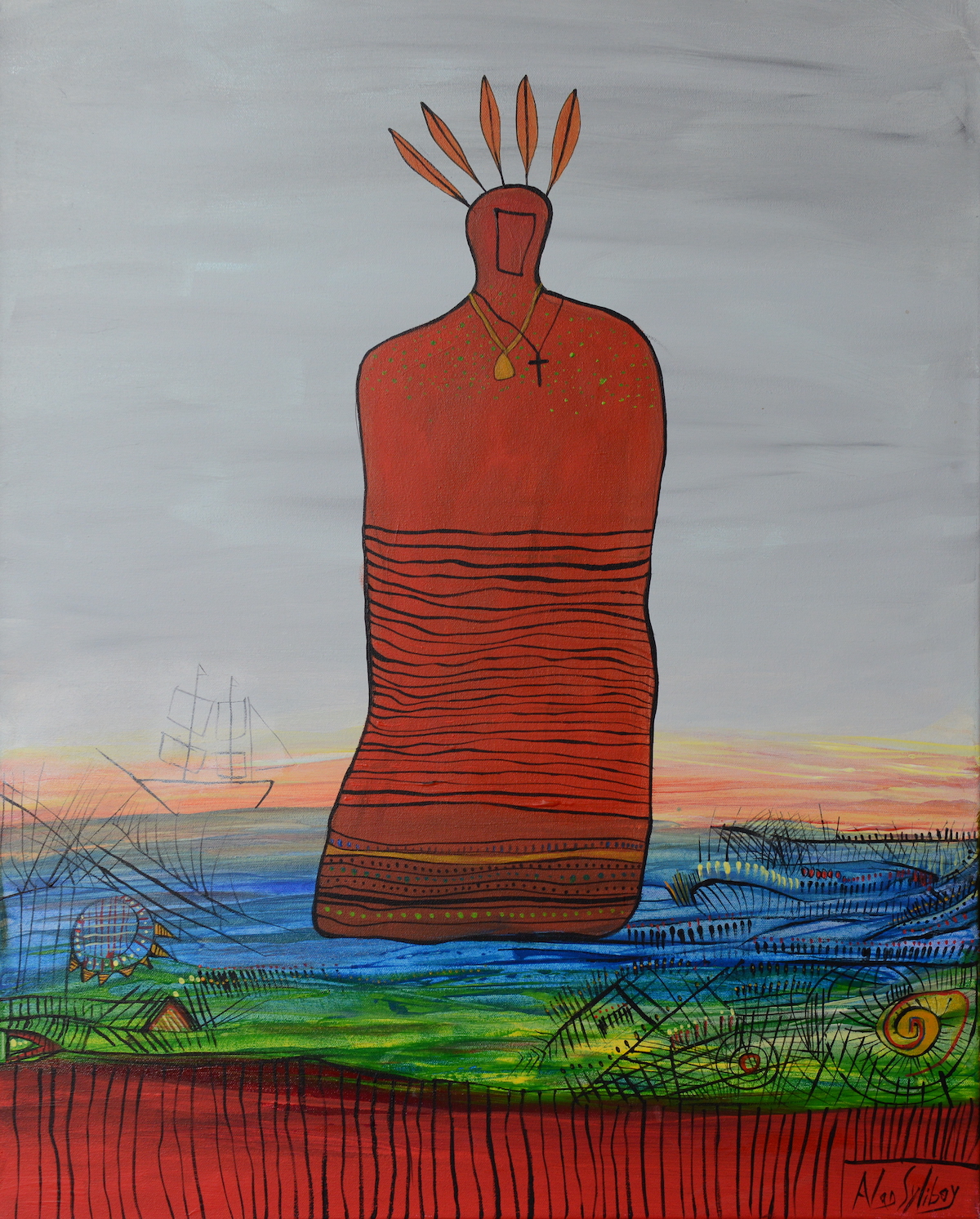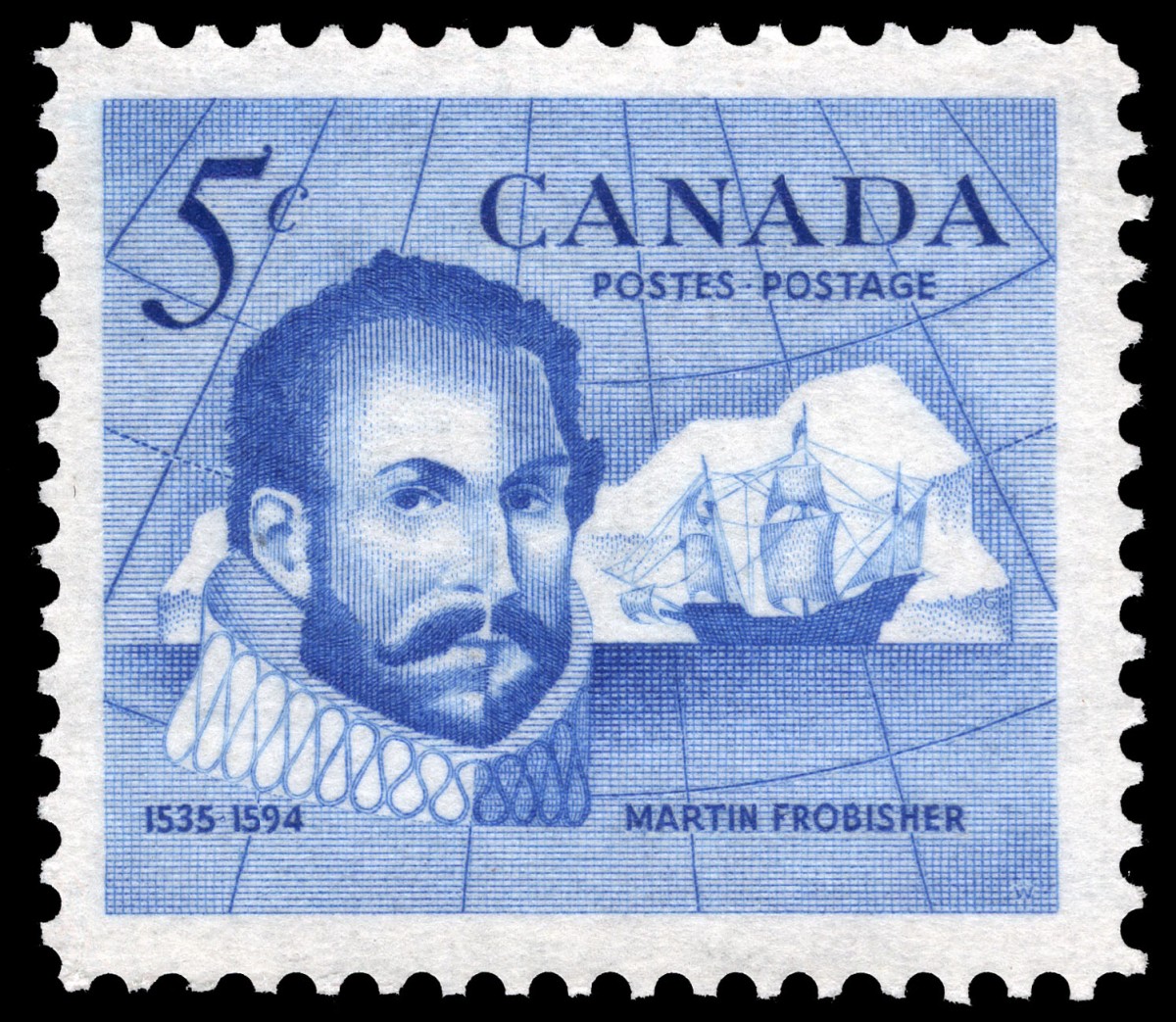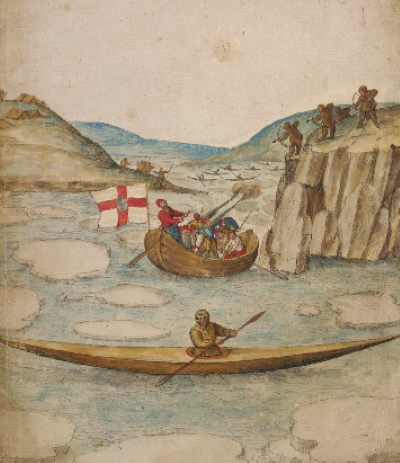It turned out that the captives Waymouth had abducted were much more important than he had initially realized. One named Tahánedo was a sagamore of the region and a close relative of Bashabes, the paramount chief of the whole Etchemin-Abenaki Federation. Bashabes tried frantically to get the captives back, sending canoes filled with fur and tobacco for trade, but as Waymouth’s chronicler Rozier related, “this we perceived to be only a mere device to get possession of our men to ransom all those which he had taken” (Burrage, 1906).
As Waymouth’s ship headed out to sea, the Etchemin on shore assumed their compatriots had been killed. In fact, not long after Waymouth left, Samuel de Champlain, on one of his coastal Maine voyages, met an indigenous trader on Mohegan Island who told him about the assumed murders.
On board, Rosier was charged with restoring good relations with the captive five and pumping them for information about New England. The abductees proved to be cooperative, and as Rosier stated, “Although at the time when we surprised them, they made their best resistance, not knowing our purpose, nor what we were, nor how we meant to use them; yet after perceiving by their kind usage we intended them no harm, they have never since seemed discontented with us,” and he called them “very tractable, loving, and willing by their best means to satisfy us in anything we demanded of them, by words or signs for their understanding … We have brought them to understand some English, and we understand much of their language; so as we can ask them many things” (Burrage, 1906).
The abductees were taken to southwest England and delivered to the Fort of Plymouth and Sir Ferdinando Gorges, the commander of this coastal stronghold. Gorges kept three of the Etchemins, Assacomet, Manido, and Skidwarres, at his manor in Devonshire, and the other two, Amooret and Tahánedo, he delivered to Sir John Popham, then England’s Lord Chief Justice, who owned several manorial estates in Devonshire and Somerset counties.
The Etchemin from the wilds of Maine likely felt much more at ease at these rural estates than they would have in crowded cities filled with lethal diseases. “Although they were involuntary guests, they could have been given some freedom to hunt, fish, and gather, all to create long-term relationships” (Prins and McBride, 2012).
Popham and Gorges had become interested in colonizing New England and were keen to obtain information from the “Mawooshen Five.” In his engaging article Alien Abductions, James Ring Adams (2015) wrote that Gorges left a record that he greatly enjoyed the company of his house guests. He praised them “for great civility far from the rudeness of our common people” and talked with them at length about their homeland. “And the longer I conversed with them, the better hope they gave me of those parts where they did inhabit, was proper for our uses.” Gorges would learn about the important rivers that ran into the land, the flora and fauna, the key leaders, and the major alliances.
Eventually, all the Mawooshen Five would be sent on missions back to Maine by Gorges, Popham, and the Plymouth Company. In August 1606, their first ship, Richard, set sail under the command of Captain Henry Challons with Assacomet and Manido on board. Their instructions were to make for Cape Breton and then head southwest; instead, Challons detoured to the West Indies, where all were taken prisoner by a Spanish fleet somewhere off the coast of Puerto Rico. Challons would not get free until late 1608. Manido probably died while in Spanish hands. Assacomet was eventually ransomed and moved back in with Gorges in Plymouth. In 1614, he would return to New England when Gorges put him on a boat commanded by Nicholas Hobson that explored Martha’s Vineyard in search of gold. Traveling with them was another abductee, Epenow. who would escape. The fate of Assacomet is unrecorded.
A second ship sent out in 1606, under Captain Thomas Hanham and Martin Pring, with Tahánedo and possibly Amooret aboard, successfully arrived on the coast of Maine and explored the rivers and harbors of the Gulf, including the lower Kennebec. At the end of the voyage, Tahánedo was allowed to rejoin his Etchemin band as a reward for his services and would resume his role as a sagamore.
Skidwarres was sent to Maine in 1607 as part of another Popham mission to build a settlement. The colonists arrived safely and settled at Sagadahoc on the Kennebec River for the winter. This proved hard, however, and they went home the following spring. They left Skidwarres behind, who had reunited with Tahánedo and his people.
Illustration: Sr. John Popham knight Lorde Cheife Justice of England & of her Maj. most honorable Privie Counsell. Sir John Popham (1531–1607), Lord Chief Justice. Copy by George Perfect (1781–1853) of lost original by an unknown artist. National Portrait Gallery, London,
Bibliography:
Adams, J. R. (2015). Alien abductions: How the Abenaki discovered England. Smithsonian 16(3), 1–8. https://www.americanindianmagazine.org/story/alien-abductions-how-abenaki-discovered-england
Burrage, H.S. (Ed.) (1906). Early English and French voyages chiefly from Hakluyt 1534-1608. Charles Scribner’s Sons.
Prins, H. E. L., & McBride, B. (2007). Asticou’s Island Domain: Wabanaki Peoples at Mount Desert Island 1500-2000. Acadia National Park. Ethnography Program. National Park Service.
